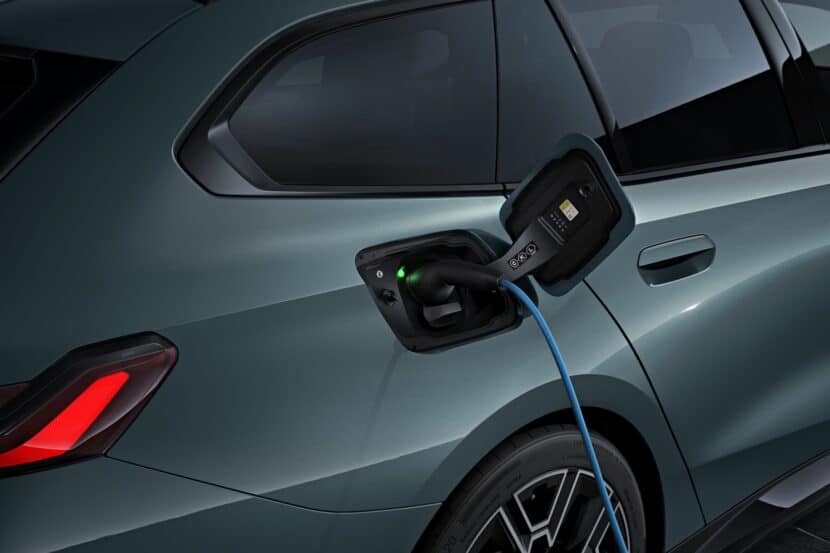Wireless charging your electric vehicle might be closer to reality that you think. A recent press release issued by Siemens reports on a partnership with BMW to charge future electric vehicles.
The Siemens-BMW partnership begins in May when a prototype with a charging power of 3.6 kilowatts will be tested in an electric vehicle. Beginning in June, the test will be followed by trials in Berlin to determine which improvements are needed to integrate the system into series-produced vehicles under real-life conditions and to obtain customer feedback for future customer-oriented charging solutions.
The associated charging stations can be easily incorporated into practically any setting, making them nearly invisible and effectively protecting them against vandalism and wear and tear.
More in the press release below.
Cable-free Charging of Electric Cars Via Coils
Apr. 09, 2011 | In the future, motorists will no longer need a cable to recharge the batteries of their electric cars, thanks to a development project for inductive charging, which Siemens presented at Hannover Messe 2011. Developed in cooperation with BMW, this non-contact technology also works if drivers only make a short stop to recharge. The associated charging stations can be easily incorporated into practically any setting, making them nearly invisible and effectively protecting them against vandalism and wear and tear. In June 2011, the system’s capabilities will be tested in a project funded by the German Environment Ministry and involving several vehicles in Berlin.
A big obstacle to the expansion of electric mobility is the lack of an extensive and reliable charging infrastructure. Because electric cars have to recharge their batteries more often than vehicles with combustion engines need to refuel, various charging techniques are required that are adapted to the needs of the drivers and vehicles. Siemens’ inductive energy transmission concept would make it possible to automatically recharge vehicles such as taxis waiting at cab stands.
The charging station is connected to the public grid by a primary coil that is completely underground. A secondary coil is attached to the car, and the distance between the two coils is typically between eight and 15 centimeters. When the driver starts the charging process, an electric current begins to flow through the primary coil. The resulting magnetic field induces an electric current in the secondary coil, which recharges the battery. Electricity is transmitted from the grid through all of the components to the battery at an efficiency of more than 90 percent. The magnetic field is generated only in an exactly predetermined area between the two coils. The system therefore generates a magnetic field whose strength in and around the vehicle is far below the internationally recommended limit of 6.25 microteslas.
Starting in May, a prototype with a charging power of 3.6 kilowatts will be tested in an electric vehicle. Beginning in June, the test will be followed by trials in Berlin to determine which improvements are needed to integrate the system into series-produced vehicles under real-life conditions and to obtain customer feedback for future customer-oriented charging solutions. The system also enables the smart use of energy, whereby the car also serves as a storage unit and most of the energy is surplus electricity from solar and wind power facilities. At Hannover Messe, Siemens presented its complete range of electric mobility systems from the Energy (charging stations, smart grid technology) and Industry (electric motors) sectors.





































































